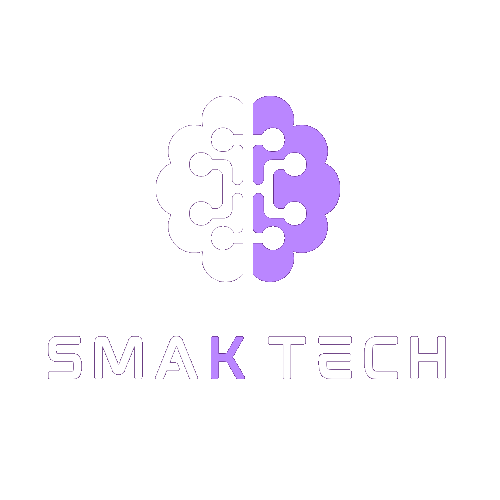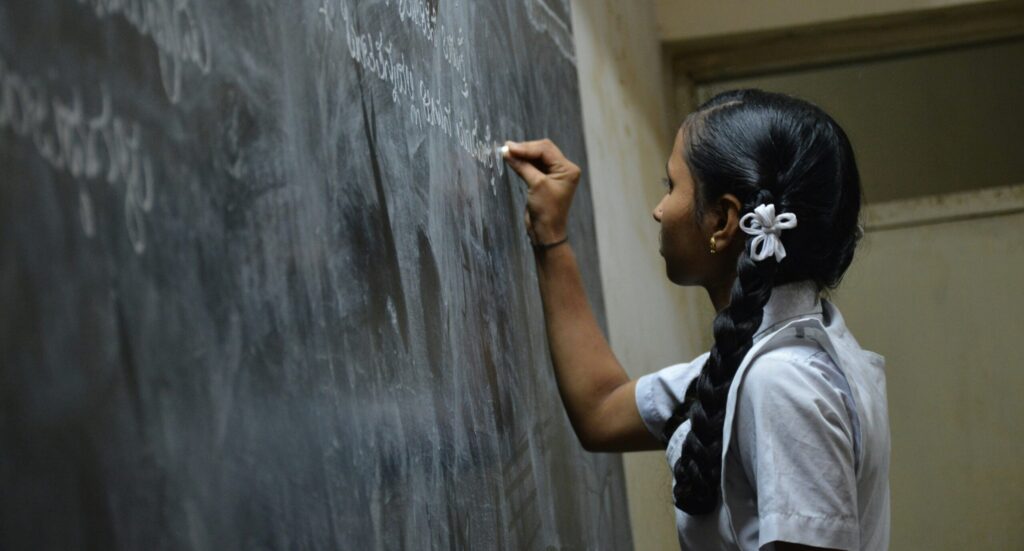Rote memorization is a traditional method for recalling information and a common approach in the education system. Reading memorization is good for passing exams only, but it has a negative impact as well because students do not truly understand what they read due to rote memorization. According to the survey, 80% of the principals blame rote learning for the poor educational learning standards across the country.
Rote memorization is just repeating the study materials or any stuff to make it remember. Rote learning and real learning are both different things and have different points of view. In rural areas, there is still the same technique of learning, which is rote learning, and they need to change this technique as it’s not beneficial to the students.
Table of Contents
ToggleWhat is rote memorization?
Rot memorization is a style of education by which students remember the stuff they read by repeating the particular stuff. It’s a very old style of learning in the education system. Students can recall the things from this, but they truly don’t understand what they read. In rural areas, rote learning is still there; students only get good scores through rote learning instead of understanding whatever they get to learn, and teachers also suggest rote learning, which is not good.
Transform Learning with Smaktech . Click on the button below.
problem with rote memorization
- The main issue with rote memorization is that it does not involve learning with deep understanding. If students do not learn with a better understanding then how come they apply their learnings in practice shortly! Students will surely face issues shortly due to not understanding the study they read due to rote memorization and they might go through that stuff again, understanding the concepts and applying them in real life.
- Generally, rote memorization does help in the short term. In the long term, rote learning does not work. The retention period of rote learning is short, and this is a disadvantage for students. Students generally learn things to pass the exams only, but nowadays, smart students believe in learning and applying, and for those, rote learning is useless, as it lacks the understanding part.
- Rote learning also inhibits the creativity of the students. Students will only do what they read and will not achieve something new or unique in their school time due to rote learning, as it constrains creativity.
- Students are not able to do critical thinking due to rote learning. They do not raise any questions regarding the study materials they read. Students only follow what they read; they do not objectify or ask any queries because they truly do not get the point and they follow the rote learning method for studies. They lack critical thinking due to rote learning.
- Rote learning is being taught to each and every student without knowing their learning or enhancing capacity. Not every student fits all the stuff in their mind by repeating the same thing. Some students need different techniques to learn, and some can only recall things from practical analysis or visuals. This uniform learning approach is a disadvantage to the students.
impact of rote memorization on learning
Students lose skills like critical thinking, creativity, and hope of trying something new or gaining new skills. Rote learning discourages students. It also limits the concept of understanding the stuff they read. This too much focus on repeating the study materials makes students stressed and anxious. Students may be fear of forgetting what they learn due to not understanding the learnings and only rote learning.
rote learning or real learning, what to choose?

As I have discovered the impact and problems with rote learning, what do you think to choose? Well, from my understanding, I would definitely choose real learning. In the modern world, people ask for your skills, the power of implementation, and critical thinking, and this could not be achieved through rote learning, but it is only possible in real learning.
Rote learning makes students understand what they read and can implement it shortly. It motivates students to learn something new and enhance their skills and enthusiasm toward learning. Real learning makes them confident in the future. Real learning is experiencing every study material that students go through. Through real examples, students can learn more effectively and efficiently. Real learning is smart learning, and it has long-term impacts on students. So I heavily recommend real learning over rote learning.
examples of rote learning
- Students learning tables through repetitive practices
- Writing and speaking spellings
- Alphabets are learned through repetitive speaking.
- Writing and speaking spellings.
- memory games
tips to avoid rote learning
Many students have made the habit of recalling everything through repetition, and to avoid this rote learning, the parents and schools must take the following steps to avoid rote learning.
- Rather than practicing the same thing, make habits for students to solve new problems everyday.
- Teach students to ask or raise questions or queries on the topic they learning and think twice about what the specific topic is about and how meaningful it is.
- Make students participate in every activity to enhance more skills in real life.
- Let students follow self-supervised learning to get more data on what they are learning to enhance their knowledge.
- Stop writing down study notes and practicing the same problem.
- Start making real examples of implementing the study.
Transform Learning with Smaktech . Click on the button below.
Rote learning has some benefits, but it has a lot of disadvantages that can hurt students’ lives shortly. I deeply believe that real learning is far better than rote learning. Students only recall things for a limited time only, while real learning will never make them forget what they learned or experienced in their student life. Whatever the students are learning in their school days is precious, and it will definitely help them to build their future, so why put those students in the dark or in danger through rote learning! Let’s leverage real learning and say bye to rote learning.
Hi, I’m Chhaya. I am from Gujarat. I’ve completed my M.B.A. in Business Management from N.M.I.M.S—Mumbai. I have always had a keen interest in marketing and writing. I began my journey by applying my skills to support educational bodies and EdTech firms, and along the way, I have gained immense experience in this field.
With time, my interest in Education and the Ed-tech industry drew me to gain valuable experience by working with two Ed-tech companies. In short, I can be that go-to person if one needs to know about the Education and Ed-Tech scenario in India and understand the intricacies of the field.
Apart from this, my interests are reading and writing!
Feel free to ping me on my work email, chhaya@smaktech.com, to discuss my work at SmakTech or for any work-related queries!



